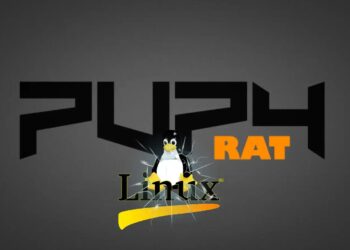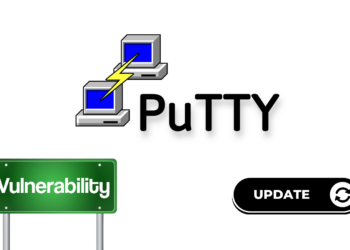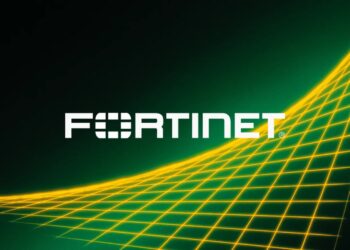To simplify and speed up data-backed software solutions, specially trained machine models are used. However, it is challenging and time-consuming to train these models from the very beginning. That’s why transfer learning of already existing and pre-trained models is used alongside data science services. Let’s explore what transfer learning is and how this technique works in more detail.
What Is Transfer Learning?
In simple words, transfer learning is a type of machine learning, which involves learning the principles of solving some tasks from one example and then applying this knowledge to solving further tasks. For example, text structuring principles that were learned from a certain text are then applied to another text, and so on. With the help of transfer learning models the solution of tasks gets simplified and accelerated. The productivity, capabilities, and quality of the outcomes are also increased.
For solving related or similar problems, the trained models are universal. There is no need to prepare the mechanism and build connections anew – it is enough just to use the knowledge obtained by the model during the past task, which is very convenient as similar tasks are solved much faster and easier.
Basic functions learned by models can be upgraded for performing more complex tasks. But for simple tasks, the basic functions trained by the model are usually sufficient.
Types of transfer learning strategies
Generally, transfer learning strategies are categorized into three types. The choice of the strategy depends on what tasks the model will perform according to your plan.
Inductive transfer learning
Inductive transfer learning implies that the source and target domains of the tasks to be performed by the model are the same. A model trained in this way learns new features much faster and starts processing data more actively. Also, there is a wider choice of tasks that the model can handle.
This strategy most often uses pre-trained models, which is what makes it so functional. For example, the model is trained on a large amount of data. And then, using inductive transfer learning the skills of the model are refined, sharpened for some specific tasks, and then reused.
Transductive transfer learning
Transductive learning involves transferring data from the source domain to the target domain that does not coincide. This method is suitable for cases where there is little or no data in the target domain.
However, from a mathematical point of view, the source and target data are the same. Therefore, the model finds a pattern and makes predictions based on it, using the target data. This greatly increases the speed of the model.
For example, the data from the source area – customer reviews of cosmetics – is taken as a basis. The target area is customer reviews on perfume. The two areas are different, but the structures and styles of the texts are similar. The model takes cosmetics-related reviews as a basis and applies them to perfume-related reviews, at the same time learning new verbal turns of phrase.
Transfer learning without supervision
This type is similar to inductive transfer learning, the principle is roughly the same. However, this strategy should be used if you use source and target data that are not labeled.
The model generalizes both types of data by common attributes and uses this knowledge to solve the problem. This strategy is great for cases where labeled data is difficult or impossible to obtain.
For example, the model needs to recognize only pants in a clothing catalog. Initially, it is trained on a large number of different types of clothing – dresses, sweaters, pants, and so on. After that, the model switches to work with a small number of images of pants, and the quality of the model’s work improves.
How Does Transfer Model Training Work?
To finally understand transfer learning, you need to know how it works. There are several steps in total:
Selecting a pre-trained model
Firstly, you should decide what tasks the model will perform, and then select a pre-trained model that is suitable in all respects. This is necessary for the model to work as efficiently as possible, and to perform the tasks as quickly as possible.
Customizing the selected model
Once you have decided on a model, you will need to customize it. To do this, you will need to work with the data that is already in the model’s knowledge. This is not a complicated process, but it takes time because the way the whole mechanism will work as a whole depends on the customization.
Training
Now you need to train the model on the target data. This is done so that the model gives you the relevant, target results and adjusts the model’s performance. While training, you can also customize the model specifically for your unique demands and fix some of the shortcomings or deficiencies of the previous training.
For certain data tasks, there is nothing better than trained models. But it’s probably not the best option for tasks that involve raw data. For this purpose, transfer learning is used, for example, with a computer vision development service. This speeds up the work and makes it possible to solve the tasks swiftly.
Read the full article here

















